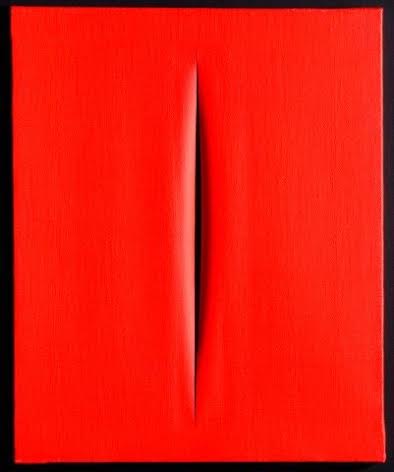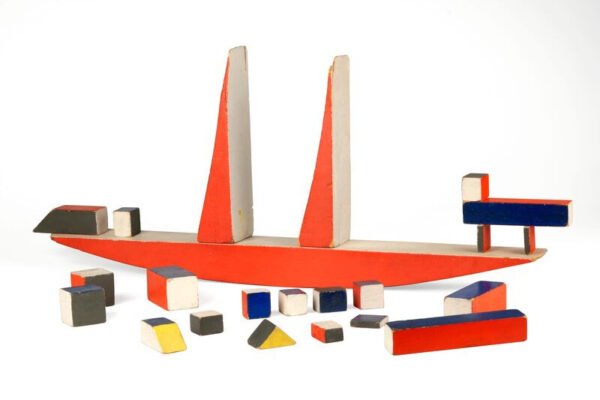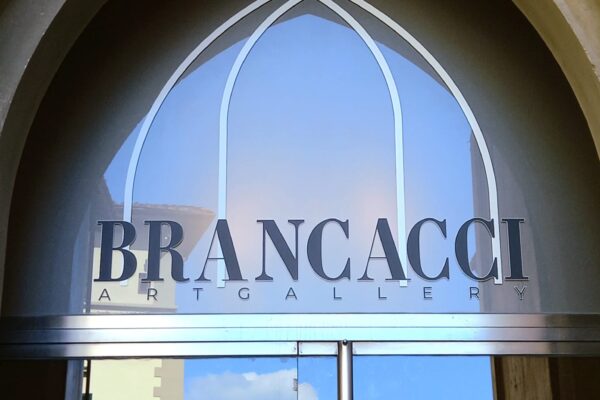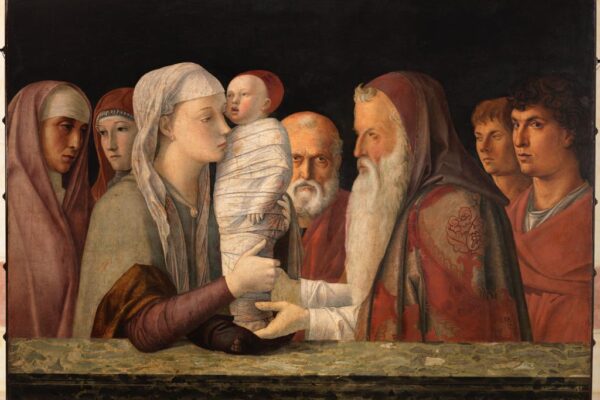From 27 October 2014 to the 21 February 2015 will be held at Agnellini Gallery of Modern Art in Brescia Sample "La Bella Italy"By Dominique Stella and Floriano De Santi.
The exhibition offers a journey through the Italian painting of the twentieth century, presenting 34 works from the early years of the century until the 1970. The title emphasizes the importance of the Italian artists of the last century who were able to impose their own style and their own ideas in an international, maintaining that feeling that binds Italian painting in the world of poetry and imagination and focusing on the art rather than decreeing theories. They were able to keep it a deep and rooted with tradition, while integrating into their poetic protests and the anger of generations in search of renewal. It is in this spirit that operate the artists associated with the Futurism, such as those of the Metaphysics or even Giorgio Morandi and later Fontana and Burri. They all belong to this period that he discovered modernity, characterizing the spirit of a time.
Of the early 1900 futurists Balla and Depero illustrate a movement that was instrumental in a story that stated at the European level equal to or cubist dadaist trends prevailing in France. Bale, Depero as Severini and Sironi, themselves members ephemera of Futurism, are examples of artists who knew how to build bridges with the current European historical.
The exhibition includes works by Balla years 1917-1920 and Depero from 1914 to the 1930, marked by the spirit of dynamism and the idea of progress. The painting Dynamism of a figure (1915) Sironi remains true to this trend while the following, a period rear, adopt a spirit of neo-classical metaphysical echoes the approach de Chirico. This vein, which incorporates the fundamentals of painting is recurrent in Italian art since the 20s and is illustrated by a greater tendency, the twentieth century, referred Sironi (Giant red with dark, 1920/21, Car in the suburbs, 1930) is one of the first representatives. Severini same, abandoning Futurism in recent years, after a cubist period with renewed classicism to return to abstraction dynamics in the 50s. The fire opera Zeus (1954) testifies to this new vibrancy and momentum. The Metaphysics, other source of irradiation of Italian art from the first half of the century, exposition is represented by the two leading figures of the movement, Giorgio de Chirico and Alberto Savino. Morandi, near de Chirico in a first moment of his paintings, it has gone away and focuses on changes in color and forms giving rise to what de Chirico Called "metaphysics of everyday objects". Nature morte (1942) testifies to this production so special, symbol of a creative force individual who received international recognition.
Not less important is the strength at the same time iconoclastic and almost mystical art of Fontana, Burri o Manzoni. Fontana serves as an emblematic image of this exhibition. Artist transition, stated in an artistic practice noticed since the 30s, his work is a new impetus in the years following the war after the publication of his posters on Spazialismo. Four of his works are on display, including three cuts (one green, one white, one red) which serve to flag this homage to Italian. Her creative imagination and the power of his theories mark the artists of the 60s generation as Manzoni, of which two works (Fiat artist, 1960 e Achrome, 1961-62) illustrate the genius. Husband, come Fontana, is one of the landmarks of Italian post-war. His work is defined by the hardness of his subject and his compositions; the three compositions (XXX) in exhibition express his rejection of aestheticism and his search for a truth of consciousness through the use of raw materials and evocative of a human footprint. In counterpoint to the research of these artists iconoclasts developed in Italy, immediately after the war, art related to abstraction, often gestural, legacy of futurism as in Dorazio, tint of informal influence of Expressionism American tied to Rothko or Pollock that can be felt in the work of Widow (Contemporary vision, 1954) o Tancredi (Untitled, 1955). Two other artists conclude this path full of heterogeneity, Sanfilippo recognizable for his abstract sign almost pointillist (Extension orange, 1962) and finally Umberto Mastroianni that represents a way independent. Le sue sculture, Initially inspired by post-cubist evolve towards a vocabulary of shapes from figurative allusions (Maternity, 1949), to move closer to the constructivist abstraction as reflected in the work Enigma 1971-72.
Hours
Tuesday to Saturday 10.00/12.30 ; 15.30/19.30
Closed Sunday and Monday.
Information for the public
Agnellini Gallery of Modern Art
Via Soldini 6 / A - 25124 Brescia
Such. +39 030.2944181 Fax 030.2478801
info@agnelliniartemoderna.it; www.agnelliniartemoderna.it









Leave a Reply